What is the minimum bend radius for your flexible cables, and how does it impact their performance and longevity?
 Oct 12,2022
Oct 12,2022

 Red Banner Electrician
Red Banner Electrician
Understanding the Minimum Bend Radius of Flexible Cables
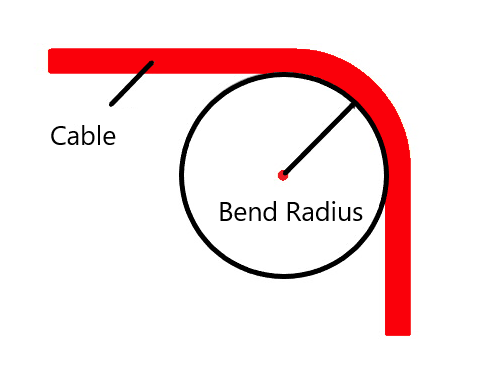
Introduction: The Criticality of Flexible Cables
Flexible cables are integral to a wide range of industries, from industrial automation to communications equipment. Their ability to bend is a defining characteristic, but it's crucial to note that different types of flexible cables have varying minimum bend radius requirements. In this article, we will explore the significance of understanding and adhering to these requirements for ensuring the performance and longevity of your flexible cables.
Question: Why is the Minimum Bend Radius Important?
The minimum bend radius of flexible cables is a vital consideration. This term refers to the smallest radius at which a cable can bend without sustaining damage. Disregarding this requirement can lead to issues such as signal loss, data transfer problems, or even cable breakage. These problems result in costly repairs, downtime, and diminished customer satisfaction. Given that flexible cables are often used in applications involving frequent movement or bending, failing to adhere to the minimum bend radius can drastically shorten the cable's lifespan.
Importance of the Problem: Key Factors Affecting the Business
The criticality of understanding and adhering to minimum bend radius requirements cannot be overstated, especially if your business relies on flexible cables for essential applications, such as industrial automation, medical equipment, or communications infrastructure. The cable's performance and longevity are pivotal to these applications. Frequent cable replacements increase costs and disrupt business continuity. By complying with minimum bend radius requirements, you can ensure stable performance over time, reduce repair costs, and enhance customer satisfaction.
Recommendation: How to Ensure Flexible Cable Performance and Longevity
To maximize the performance and lifespan of your flexible cables, consider the following recommendations:
-
Know the Minimum Bend Radius Requirements: Find the minimum bend radius specifications for the specific cable you are using, typically available in the manufacturer's specification sheet.
-
Strict Adherence to Requirements: During cable installation and usage, ensure strict adherence to the minimum bend radius requirements. Avoid excessive bending or applying excessive tension to the cable.
-
Regular Cable Inspection: Regularly inspect your cables to detect any signs of damage or fraying. This practice can significantly extend the life of your cables.
Summary: The Minimum Bend Radius of Flexible Cables Matters to Your Business
While the minimum bend radius of flexible cables may seem like a minor detail, it has a substantial impact on your business. Complying with this requirement is essential for maintaining cable performance and longevity, reducing repair costs, and minimizing the risk of business disruptions. If your business relies on flexible cables, understanding and adhering to minimum bend radius requirements is critical.
If you have further questions or require additional information about the minimum bend radius of flexible cables, please don't hesitate to contact us.
RedBanner Electrician, we are here to support you.


 HOME
HOME The Comprehensive Guide to Flexible Cable Constructions and Their Multifaceted Applications
The Comprehensive Guide to Flexible Cable Constructions and Their Multifaceted Applications  You May Also Like
You May Also Like



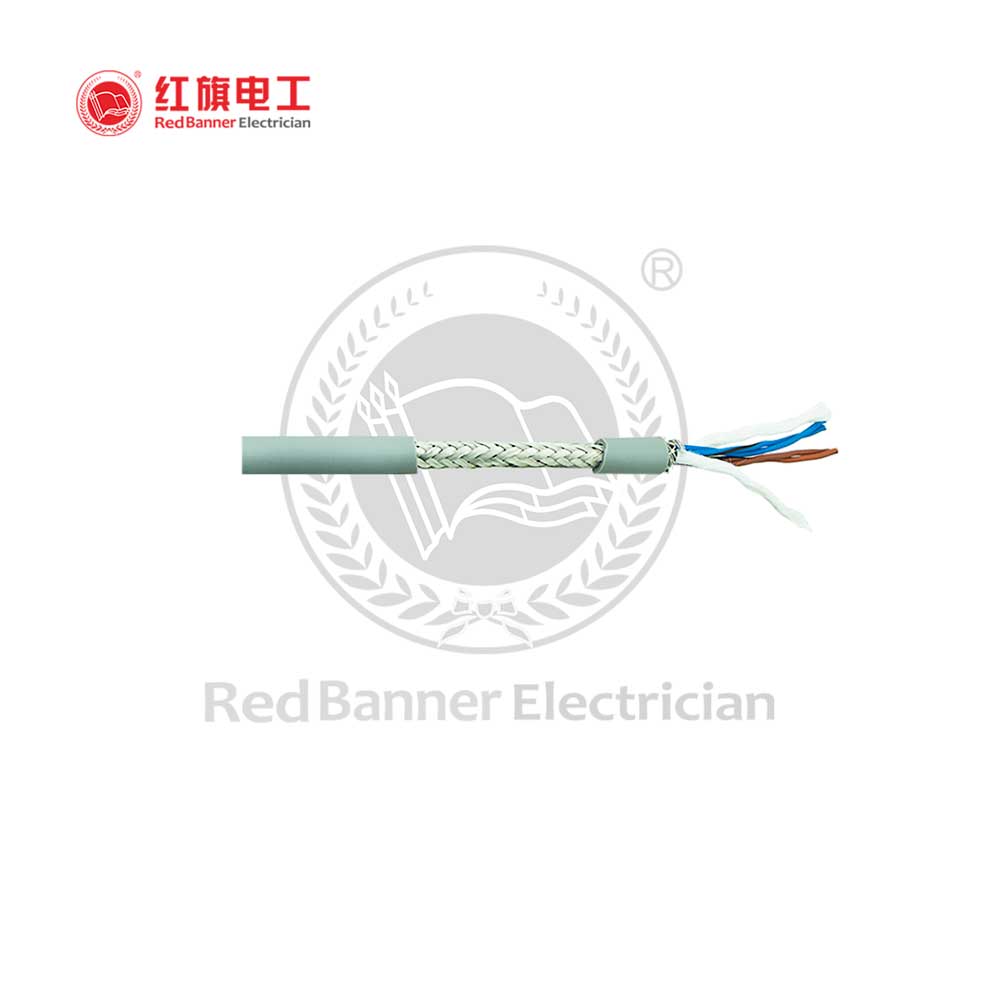

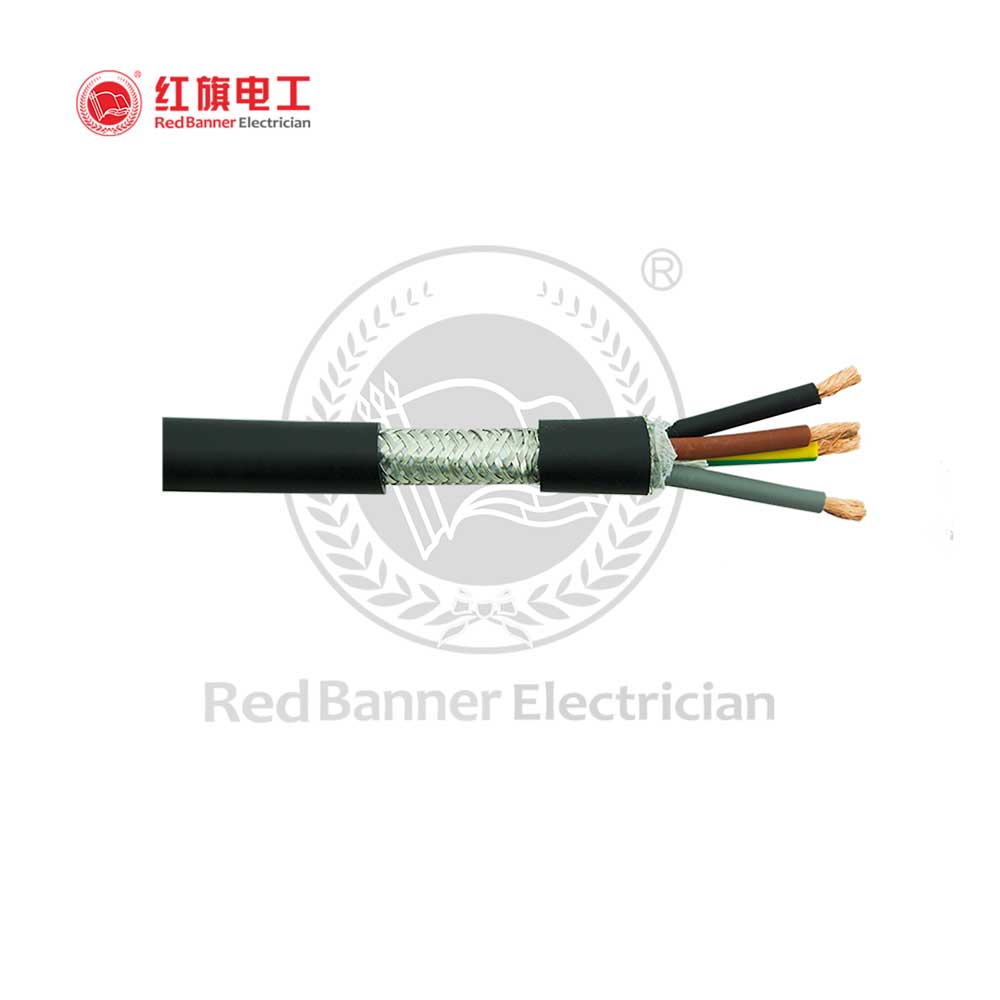

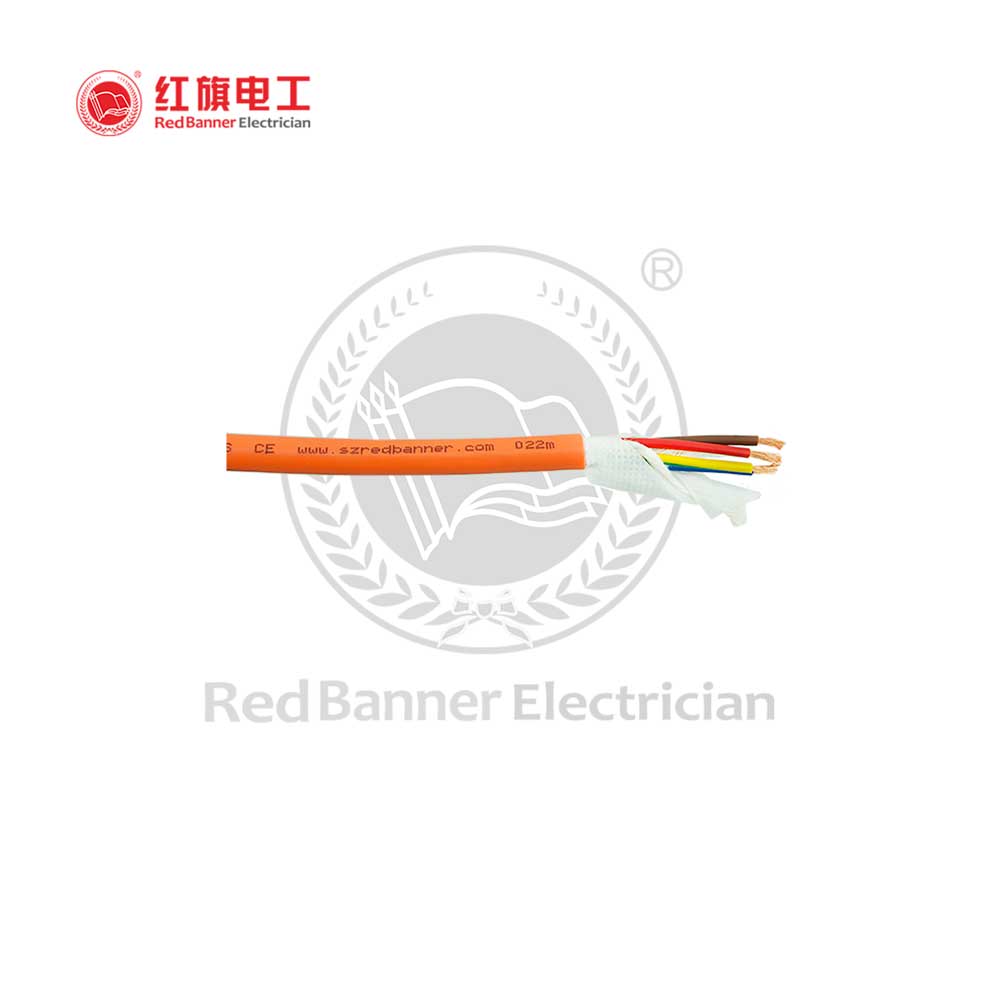
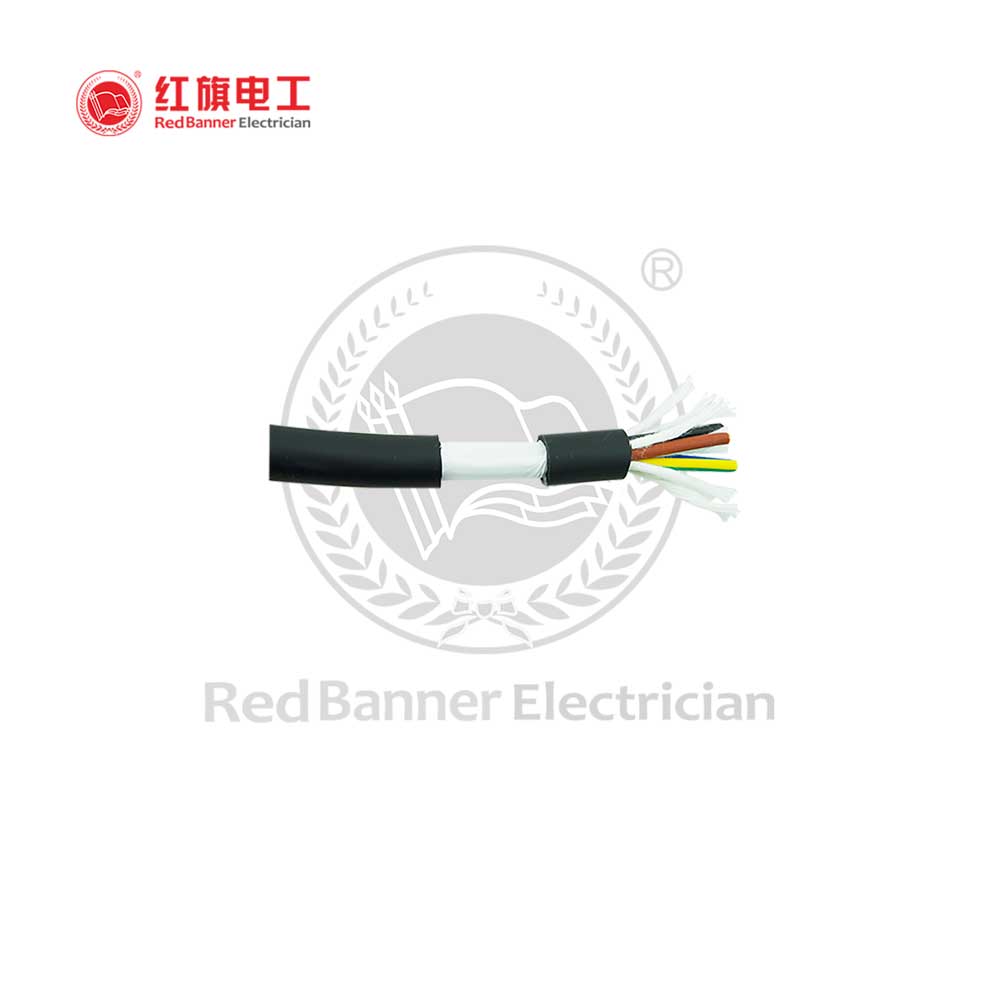

 Tel
Tel
 Email
Email
 Address
Address









